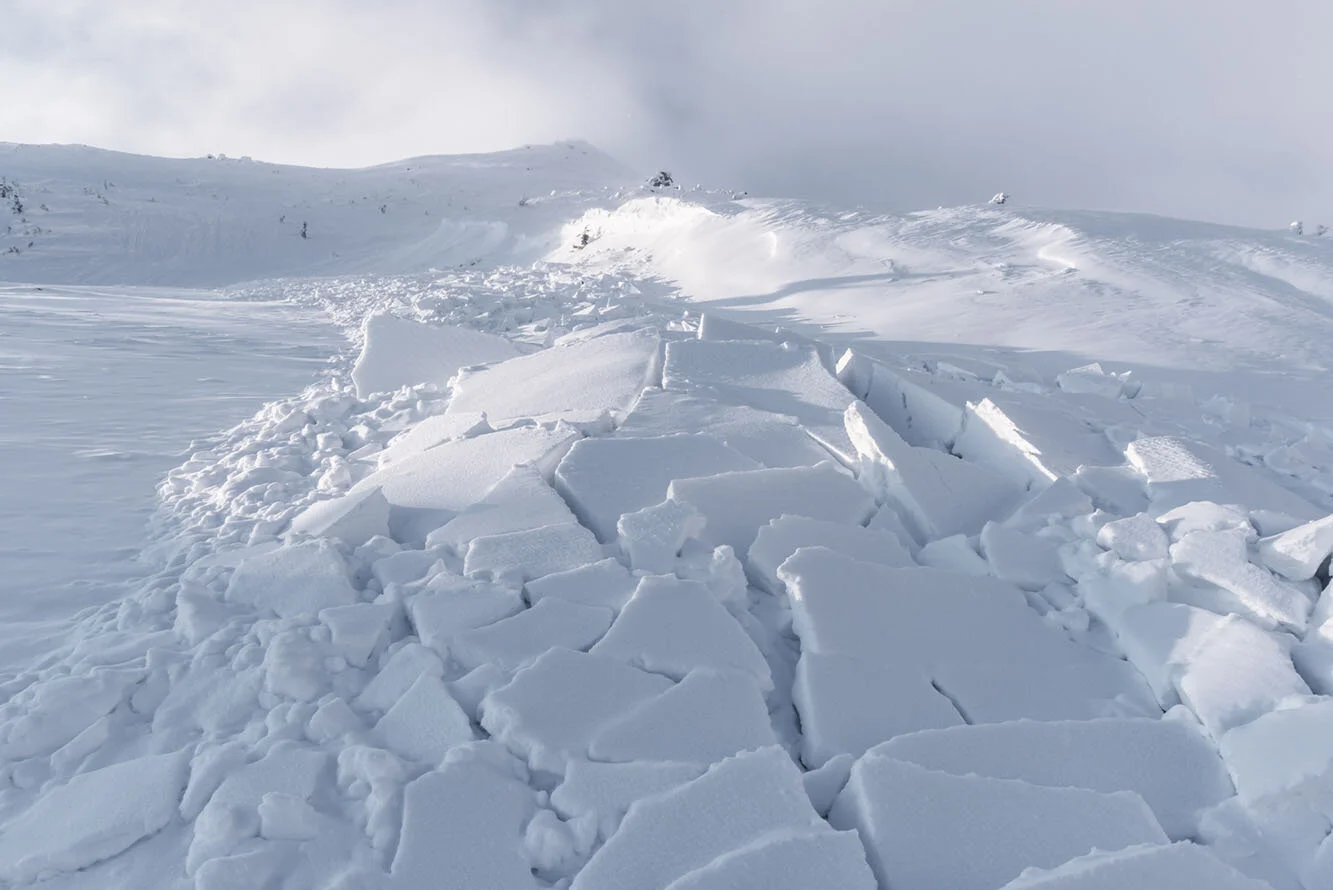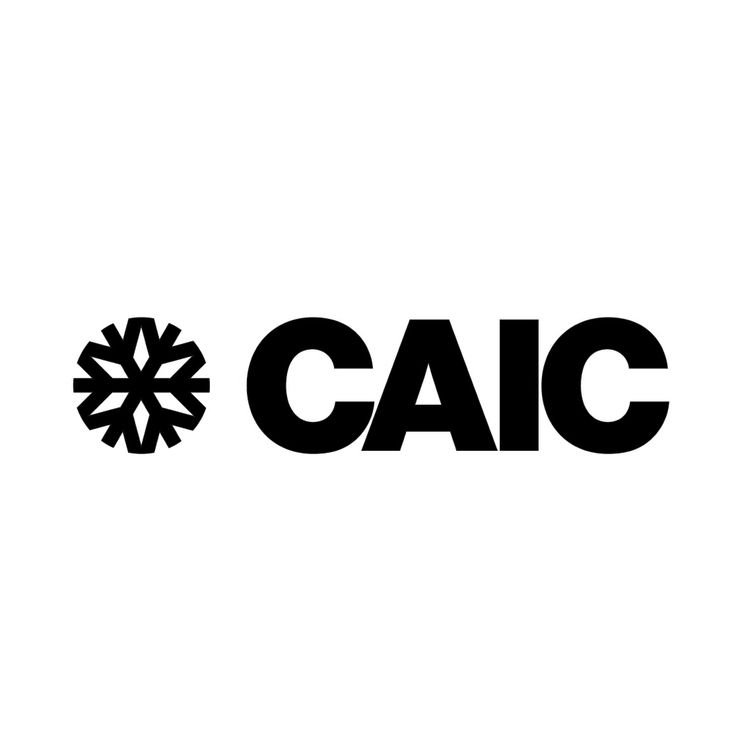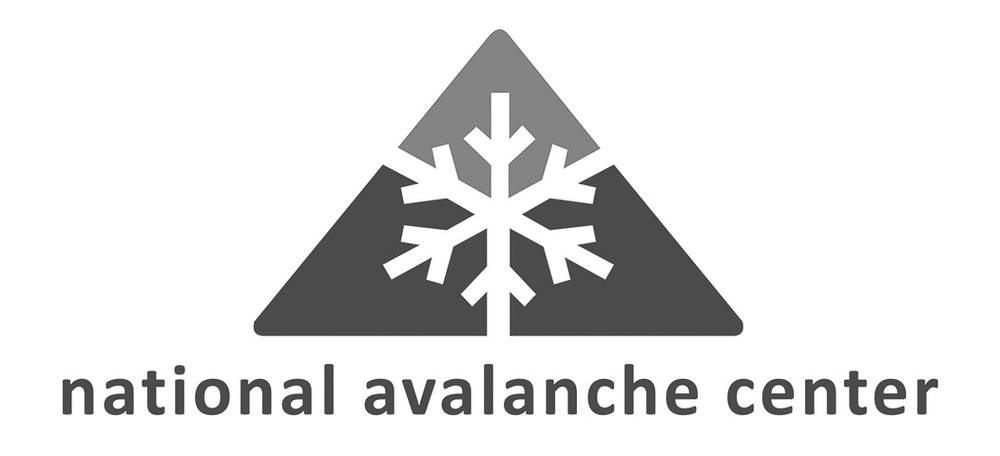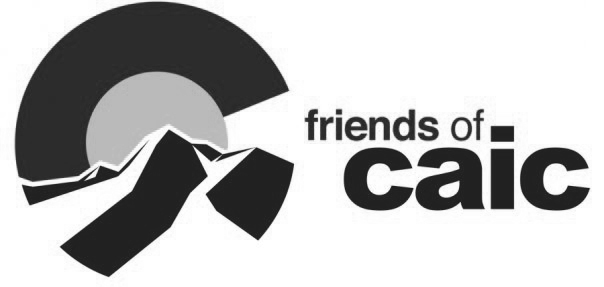Avalanche Advisory
Communicating hazards and risk
When communicating avalanche hazards to the public, forecasters use the avalanche danger scale and avalanche problems. These tools share the likelihood and consequences of triggering an avalanche. The avalanche danger scale is the big picture of daily conditions, whereas avalanche problems describe the nature of unstable snow in specific areas.
Avalanche Danger Scale
avalanche problems
There are 9 avalanche problems
Not all avalanches are the same. To communicate the distinct personalities of avalanches, experts identified nine specific problems:
Wind Slab
Storm Slab
Loose Dry
Loose Wet
Wet Slab
Persistent Slab
Deep Persistent Slab
Cornice Fall
Glide
“Avalanche Problem:” There are a set of 4 factors (type, location, likelihood, size) whose combination describes the avalanche hazard
Avalanche Character or Type – One of 9 potential avalanche descriptions
Location – Where the avalanche is most likely to exist in the terrain, shown with an Aspect/Elevation diagram
Likelihood – The chance of triggering an avalanche
Size – The destructive potential of the expected avalanche










